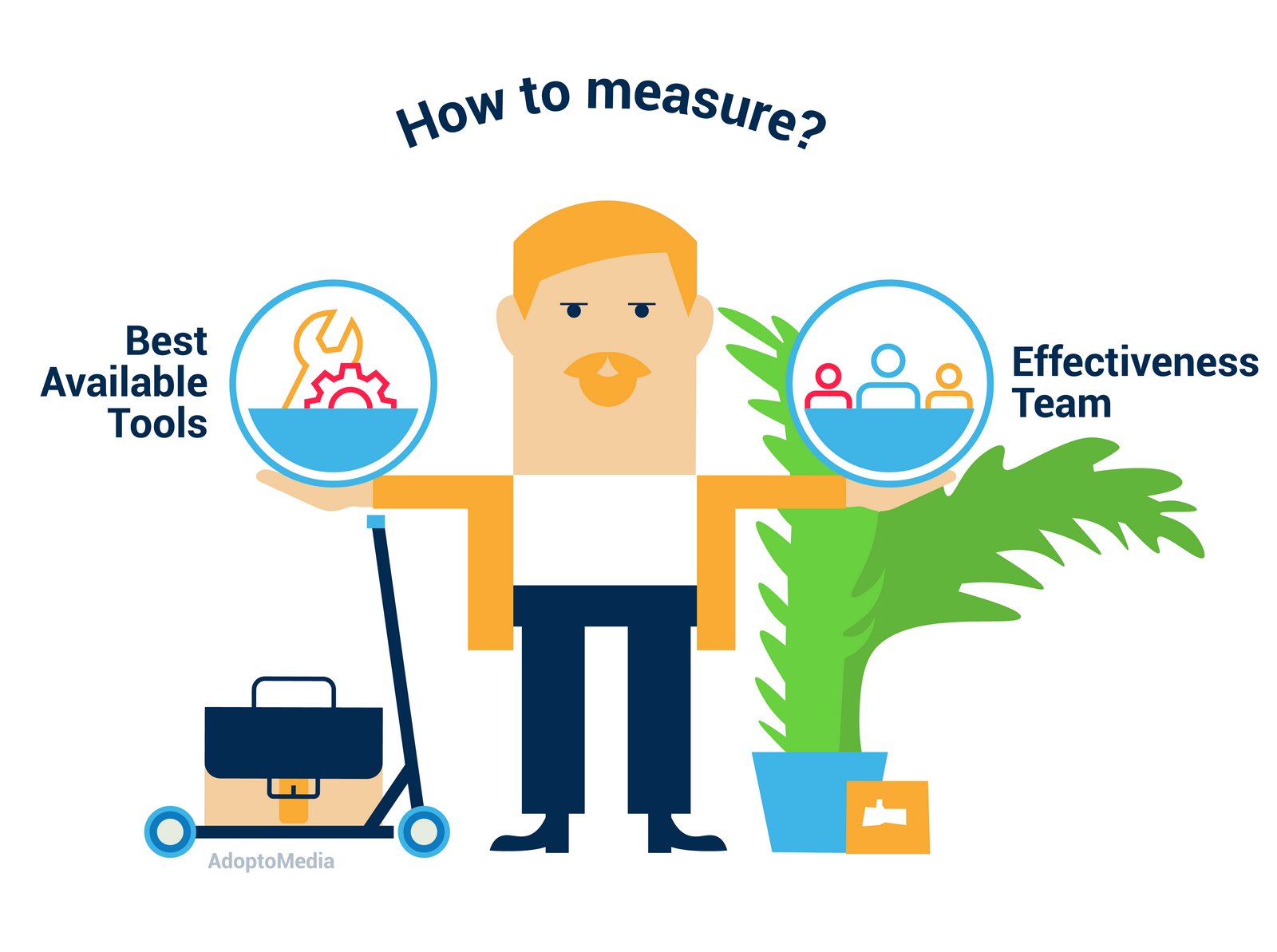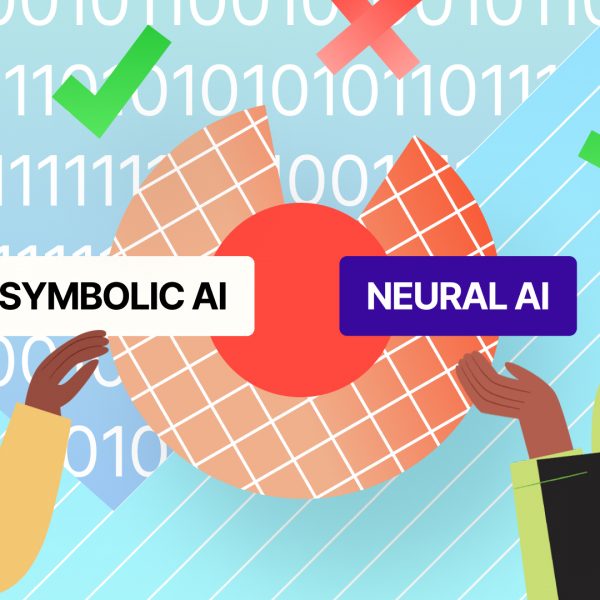
Most companies face the challenge of accurate assessment of their marketing activity results, and with numerous tools and approaches available in the industry it is easy to get confused. Companies should choose wisely and act quickly to keep pace with trends and drive business growth. A white paper on marketing effectiveness by global consultancy Gain Theory helps to do just that, and in this article we cover key insights, including those from marketing top managers of 40 large UK brands that together spend over £7bn on advertising.
We are trying to keep you updated on all marketing measurement trends, that’s why we prepared an article on the use of measurement tools after the phase-out of cookies and IDFA. Get ready to privacy changes and apply solutions that won’t be affected by the new conditions. See how MMM, MTA, brand studies and other approaches are going to function without third-party cookies.
After we have agreed on what marketing effectiveness is, understood where we stand in terms of progress and chosen the crucial metrics, it’s time to move on and find the most suitable measurement tools and approaches to building an effectiveness team.
Best Available Tools
-
Test & Learn – the idea to compare the results of test and control groups is not new, but advanced online data collection technology really makes a difference. The advantage of this method is that the results can be easily analyzed, but there are some challenges and necessary conditions if you want the results to be accurate:
– success is clearly defined in the hypothesis you are testing;
– group membership shouldn’t affect the results;
– each hypothesis is tried on new test and control groups;
– results of one test shouldn’t affect the results of the next one;
– when it comes to online tests, it is not always easy to manage them (if a website is visited more than once on different devices)
– such experiments should be carried out in one day, so that the purchase patterns of different days of week wouldn’t affect results -
Marketing Mix Modeling (MMM) – just like the previous tool, MMM has been used by marketers for a long time and has proven reliable and effective. It has evolved significantly since the 1980s and become more accurate. In 2021, Meta presented their open source MMM tool, that we analyzed in detail and compared to AdoptoMedia solution here. According to 2017 survey by Forrester and Burtch, 45% of respondents were already using MMM, and 18% more were trying or planning to incorporate it in their work. The disadvantage is that they only focus one KPI (usually sales). But it mainly refers to outdated models, while our advanced solution can include multiple KPIs simultaneously.
-
Long-Term Impact – companies are using various methods to evaluate the long-term effect of their marketing activities, and analytics algorithms such as Unobserved Component Models (UCM) are becoming increasingly popular. This approach requires consumer mindset metrics data, which may not be granular enough or may not be available at all. In, AdoptoMedia, we use MMM models to measure the long-term effects of advertising.
If you want to improve overall business results, it’s crucial to understand what drives the increase in baseline sales.
Even though “call-to-action” messages in advertising result in incremental sales, they don’t have a long-term effect. Knowing this a company can develop a more effective long-term marketing strategy.
-
Digital and Cross-Channel (Multi-Touch) Attribution – it is a perfect tool to measure the effectiveness of digital advertising, that finds the most effective path to conversion. Some advantages of this tool are a highly granular output, possibility to update models weekly and make tactical changes in an ongoing campaign. But it analyzes much shorter time periods (up to a month) compared to MMM (2+ years), so it’s more suitable to measure fast-changing channels. A detailed comparison of strengths and limitations of MMM and Attribution will help you make an informed decision on how to apply these measurement tools depending on your objectives.
Attribution can be further divided into:
– Digital Attribution tracks user’s exposures to ads online and checks them against an online KPI like site traffic or e-commerce sales
– Cross Device Attribution tracks more than one device and requires a Universal User ID
– Cross Channel Attribution, also known as Multi-Touch Attribution (MTA), works with some offline channels in addition to digital platforms. However, the functionality of this approach has been severely restricted by privacy regulations and the limitations of third-party cookies and IDFA. But don’t panic — there are actually three more ways to measure the effectiveness of cross-media campaigns. -
Unified Measurement Framework combines MMM and Attribution taking the best of the two. It allows covering in one model traditional channels and KPIs like TV and offline sales, as well as clicks and digital impressions. There are a few ways to join them:
Two-stage Modeling: firstly MMM identifies contribution by channel and then Attribution further allocates sales.
Granular MMM: regression models with data on daily sales by store or another unit helps to get highly granular and short-term information.This approach was supposed to be a very promising one because most companies promote their goods and services through online and offline media. But recent studies show that in unified solutions, major contribution of 80% comes from MMM, while MTA accounts only for 20% of the output, which is why it’s more practical to apply them separately.
-
Machine learning – marketers have turned to this fast growing sector to quickly identify path to purchase in big data sets without obvious patterns and predict customers’ behavior. There are four advantages of this technology:
– it’s fast (takes from a few minutes to a few hours);
– it’s automated and produces an unbiased accurate prediction;
– it can combine and analyze at the same time different data sets like textual and numerical information;
– since it’s very fast, it enables marketers to take real-time actions, for example they can find and implement a tactic or a message that would actually increase the chance of conversion
To fully benefit from this technological advancement you need high quality data, because predictive algorithms are trained on it, so data quality will directly affect the accuracy of the model. Training and validation data sets shouldn’t be different from real-world data, otherwise the output won’t be accurate.
Effectiveness Team
Another crucial element of success is a well-built team of experts that will evaluate the company’s performance and provide insights on how it can be improved. Finding the right people with the necessary expertise is a common challenge here. A company can set up an in-house Business Effectiveness team, turn to external consultancies or combine the two approaches, each option having advantages and disadvantages. According to a 2018 Source research, in-house teams carry out about 75% of analytics in companies worldwide, while 25% of work is delegated to agencies or consultancies. Depending on your company’s objectives and preferences, you can choose the most suitable approach, because they all can be successful.
-
In-house: all analytics and interpretation of data is performed by full time employees, who become valuable consultants with comprehensive knowledge. On the other hand, they lack diversity of cases working with only one client, so it’s difficult to innovate in such conditions. In-house teams are usually small, so if one or two members leave, it will undermine their effectiveness. Knowing which marketing functions to bring in-house will help you to avoid the disadvantages of this option.
-
Pure Outsource: external agencies, that have wide experience in different industries and come up with innovations, carry out effectiveness programs for a company. But despite the expertise, agencies might not be up to date with the latest issues in your business, so it takes more time to fully understand the context.
-
In-source: it’s actually a partnership, where agency and client teams work together, usually at client office. The agency team enriches the analyses carried out by the in-house team. This option combines the best of the two previous ones, and its only disadvantage is higher cost.
-
In-house Expertise: internal teams are involved in the process, even though they don’t perform analyses themselves, and quickly provide necessary information to the agency. The downside of this option is lower efficiency, because there is a possibility of doubling up of roles.
Companies that operate on international market face another challenge of where to make decisions on Business Effectiveness. There are two approaches:
Define success centrally, measure locally: this way is often chosen by mature brands, where KPIs can be generally similar. Without a good central control all the differences in techniques will spoil the result.
Define success locally, measure centrally: new brands or those new to some markets prefer this approach. The advantage here is in consistency of measurement but flexibility in KPI success measures. But the whole process can be ruined if there is not enough agreement on some points at the local level.

Finally, here are six tips to follow on your way to success:
Perfect basics – make sure all your basic tools function perfectly and are best in class before you tackle more complex challenges.
Define success in the very beginning and check all your activities against the overall business strategy.
Know your limits and delegate the tasks you cannot do perfectly to specialized agencies or consultancies to achieve the best possible results.
Be bold – if you really want your actions to make a difference, sometimes it’s necessary to be courageous.
Select your tools – whatever balance you find between in-housing and outsourcing and whatever tools you use – cutting edge Machine Learning or good old MMM, make sure that you have the ability to put the insights you get to real action.
Test and learn to improve the effectiveness of your marketing activities.
If you want to know how your marketing activities perform and are aiming to maximize the effectiveness, you can try AdoptoMedia. Our software for automating numerous marketing procedures can be easily integrated in your IT infrastructure. It calculates ROMI in real time and forecasts it using historical data. With its help you will optimize media budget, calculate marketing effectiveness and increase your ROMI by 10-30%. This flexible platform will come in handy if you are planning to set up an in-house agency. It makes in-housing and digital transformation processes much easier and allows your company to achieve the necessary level of transparency in cross department operations, verify compliance, manage contracts, provide visibility of numerous operations for C-level executives and set common KPIs.


